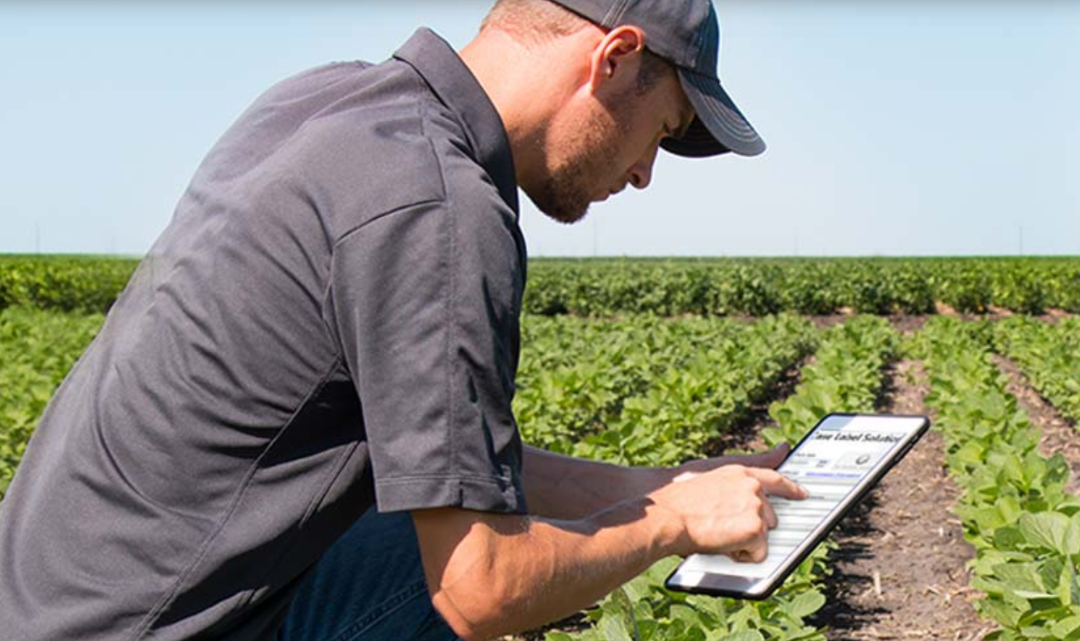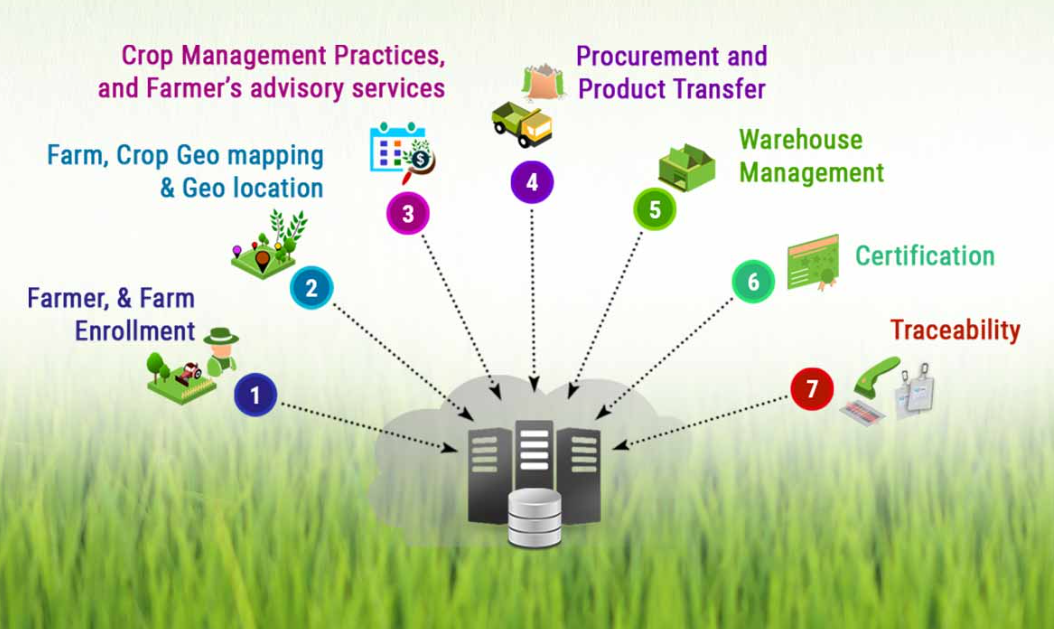Farms are some of the most important businesses in the world. They are responsible for feeding us, so they must be able to supply us with safe, high-quality food. However, farming has become much more complicated than it used to be. Nowadays, farms must comply with many regulations and standards set by governments and industry groups. This means that farmers need technology on their side in order to be successful and stay competitive against other farms. That’s where farm traceability software comes in! It allows farmers to track every step of their produce from start to finish using blockchain technology. By using this type of software on their farms’ operations, farmers can increase efficiency and reduce costs while ensuring that consumers get safer products—all without sacrificing quality or choice.”
What is farm traceability software?
This software is a set of tools that helps farmers track their produce, the products that they sell and ultimately, the products that they sell to their customers.
- What is farm traceability?
According to the Food Safety Modernization Act (FSMA), “farm-to-table” is not just a trend or marketing ploy; it’s actually a requirement for regulated food companies (like manufacturers, distributors and retailers). If you’re selling food items in your store or restaurant, you have an obligation to know where those ingredients came from. You also be able to prove that what you are saying about them—like where they were grown—is true.
How does it work?
It manages, tracks and analyzes data from farm to table. The process starts with capturing data in the field using mobile devices or stationary computers (and sometimes both). Once this information is collected, it can be easily accessed by multiple people across different locations and farms.
Why is traceability important?
- Traceability is important for food safety.
- Traceability is important for food security.
- Traceability is important for food quality.
- Traceability is important for food marketing, which includes product recalls and traceback (tracking a product back to its source) efforts.
5 features to look for in a traceability software
- External systems integration. Farm management software should be able to connect to other systems, like farm equipment and third-party data sources such as weather stations, soil sensors and financial institutions.
- Third-party integrations. Look for a farm traceability solution that integrates with other applications you use on your farm or in your supply chain (such as accounting software).
- Mobile app support: The ability to collect data from mobile devices is crucial for today’s farmers because they are often away from the office or out in the fields when they need to enter data. A mobile app can help them see what needs to be done and complete tasks more quickly than waiting until they’re back at their desk to log into their computer and pull up the appropriate system or program.
- Customer support: You should also consider how much-dedicated customer service each vendor offers before signing up for any particular product—and whether there are any specific plans for training new users who may not have much experience using technology in their business operations prior to adopting these solutions themselves
There are many advantages to using farm traceability software.
It can help with so many things. It can help you manage inventory, plan crop production, manage farm finances, and market your product. It can also help farmers stay sustainable by driving innovation.
Conclusion
Farm traceability software is the future of agriculture. It will help farmers improve their operations and ensure food safety, but it’s also about connecting consumers to their food sources and creating trust between them. The technology is here, and it’s time to put it into practice.
For more information visit this website!


